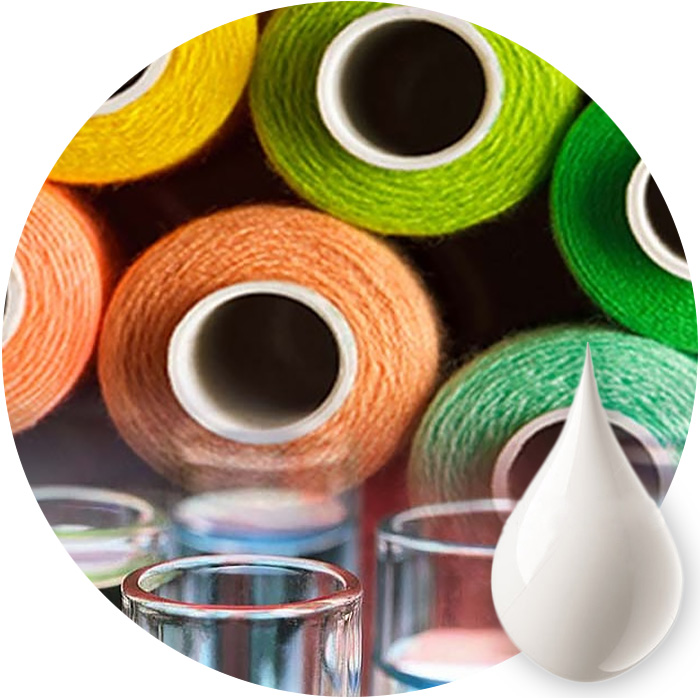Update:Technical textiles are an essential part of modern-day living, and they are used in almost every aspect of our lives. Fr...
Technical textiles are an essential part of modern-day living, and they are used in almost every aspect of our lives. From the clothes we wear to the furniture we use, technical textiles play a crucial role in enhancing the performance and durability of these products. To make these textiles more effective and functional, various chemical compounds and additives, known as textile auxiliaries, are used during their production. In this article, we will discuss the different types of technical textile auxiliaries and their functions.

Textile auxiliaries are chemical compounds that are added to textiles during the manufacturing process to enhance their properties or functionality. Technical textile auxiliaries are specifically designed to enhance the performance and durability of technical textiles. These textiles are used in a wide range of applications such as medical textiles, protective textiles, geotextiles, sportswear, automotive textiles, and many more.
Finishing Agents: Finishing agents are added to technical textiles to improve their aesthetics, handle, and durability. These agents can be either water-based or solvent-based, and they are applied to the textile surface using various methods such as padding, spraying, or coating. Some common finishing agents used in technical textiles include softeners, water repellents, flame retardants, anti-static agents, and antimicrobial agents.
Dyeing and Printing Auxiliaries: Dyeing and printing auxiliaries are used to enhance the color and printing quality of technical textiles. These auxiliaries include levelling agents, dispersing agents, anti-migrating agents, and fixing agents. They help to improve the dyeing and printing process by ensuring even distribution of the color and preventing bleeding or smudging.
Lubricants: Lubricants are used in the manufacturing process of technical textiles to improve their mechanical properties such as abrasion resistance, flexibility, and tensile strength. They are also used to reduce friction between the textile fibers during the production process. Some common lubricants used in technical textiles include silicone oils, fatty acids, and waxes.
Surfactants: Surfactants are used in technical textiles to improve their wetting, dispersing, and emulsifying properties. They are added to the textile surface to enhance the penetration of other chemicals used in the production process. Surfactants also help to improve the washing and cleaning properties of technical textiles.
Crosslinking Agents: Crosslinking agents are used to improve the chemical and thermal stability of technical textiles. They are added to the textile fibers to form a cross-linked network, which enhances the durability and resistance of the textile to various environmental factors such as heat, moisture, and chemicals. Some common crosslinking agents used in technical textiles include formaldehyde-based resins, epoxy resins, and polyfunctional isocyanates.

